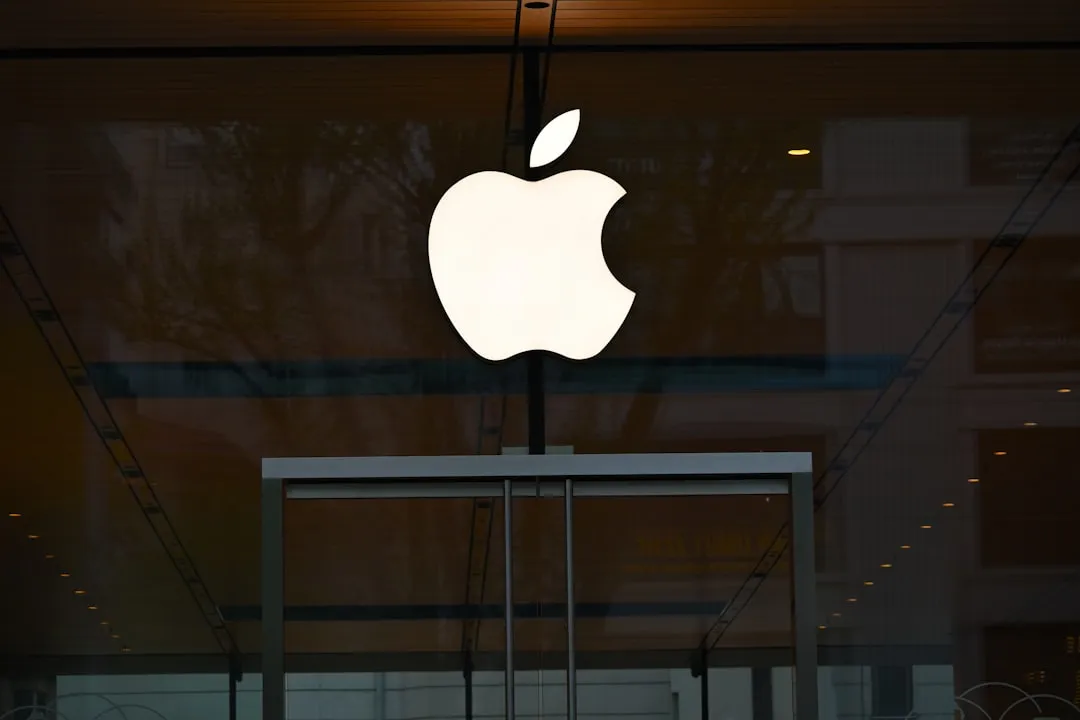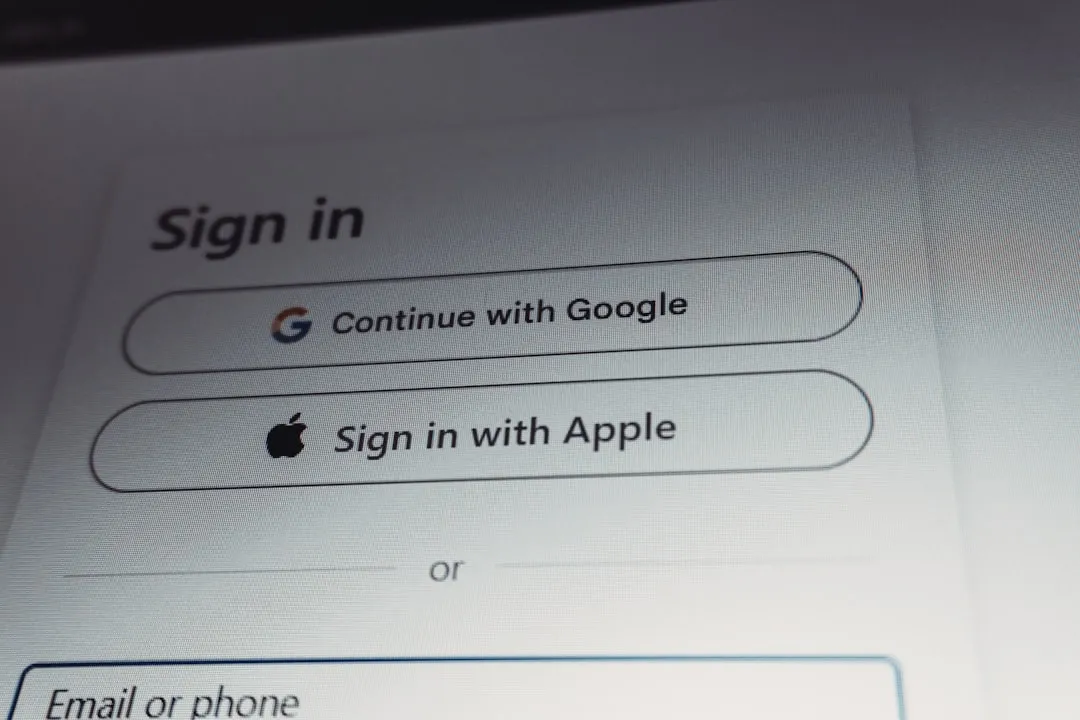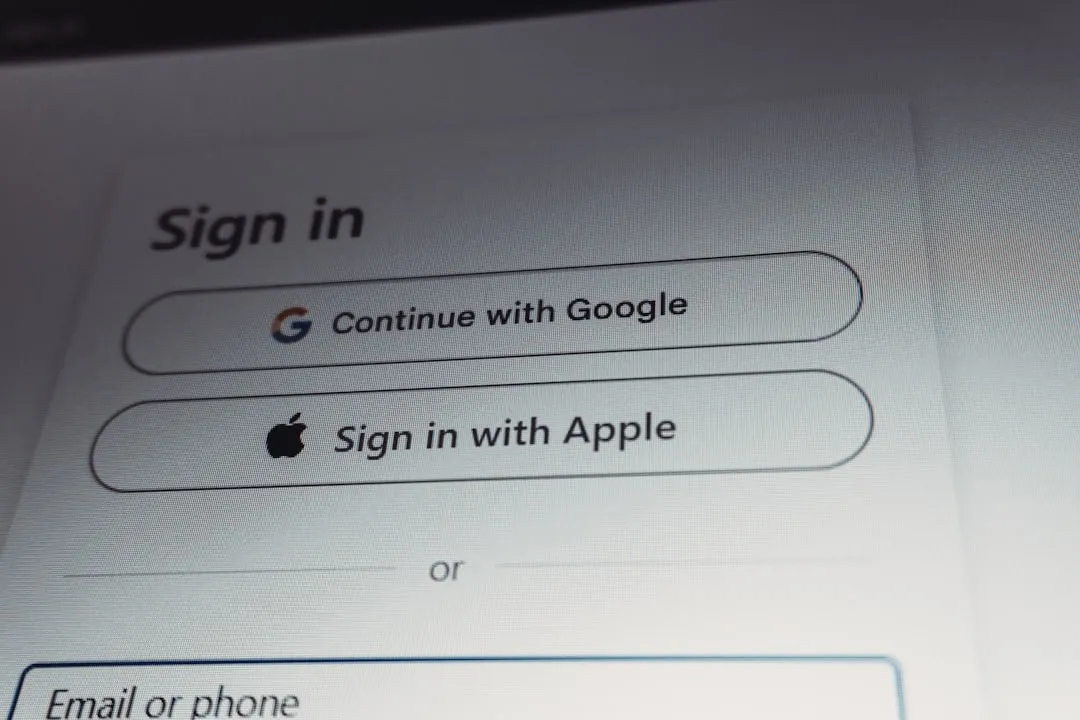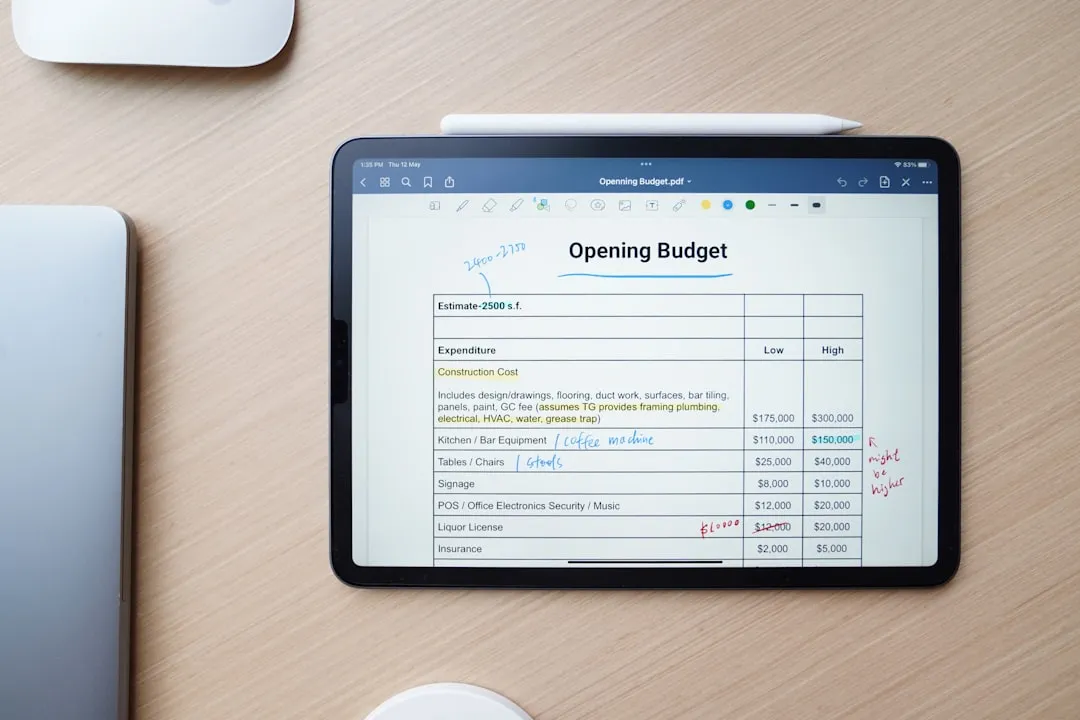Apple's web-accessible App Store represents a strategic watershed moment in digital distribution, fundamentally reshaping how developers and users interact with Apple's historically curated ecosystem. The tech giant's decision to bring the full iOS app discovery experience to any browser isn't just about convenience — it's a calculated response to mounting regulatory pressure while simultaneously expanding Apple's influence beyond its own hardware constraints.
The web-based App Store interface delivers Apple's signature design philosophy to browsers worldwide. Users can now browse apps for iOS, macOS, and other Apple platforms without owning a single Apple device. The platform maintains the polished aesthetic we expect from Apple, featuring high-resolution screenshots, detailed descriptions, and user reviews that make app discovery feel intuitive rather than overwhelming.
What makes this particularly significant is Apple's implementation of direct linking to individual app pages, WebProNews reports. This seemingly simple feature marks a dramatic departure from Apple's traditionally restrictive approach.
Developers can now share and promote their applications beyond Apple's hardware ecosystem, creating entirely new pathways for user acquisition that don't require potential customers to already own Apple devices.
What this means for developers and marketers
Here's where the real transformation happens for the developer community. Apple hasn't simply created a web version of their store — they've simultaneously launched a comprehensive suite of tools that fundamentally change how developers approach app marketing and user acquisition.
The most compelling advancement involves machine learning-powered automation for app discoverability. According to PPC Land, Apple now automatically generates tags for apps based on metadata analysis, with human review ensuring quality control. This addresses one of the most persistent challenges in modern app marketing: breaking through the noise of nearly two million available applications.
The strategic advantage becomes clear when you consider the A/B testing capabilities. Developers can now test different value propositions directly within search results, PPC Land reports. Imagine optimizing whether "Professional Photo Editor" converts better than "AI-Powered Image Tools" right in the App Store search interface. For development teams working with limited marketing budgets, this kind of built-in optimization represents a competitive game-changer.
PRO TIP: Take advantage of Apple's offer code system expansion. The platform now supports all in-app purchase types, with up to 10 active codes per purchase and 1 million codes per app per quarter, according to PPC Land. This opens sophisticated promotional strategies previously impossible within Apple's ecosystem.
Perhaps most importantly for content-heavy applications, Apple-Hosted Background Assets support files up to 200GB that update independently of app releases, dev.to indicates. Gaming companies can push massive content updates without traditional review processes, media companies can refresh catalogs instantly, and enterprise applications can deploy critical updates without submission delays.
Behind the strategic timing
Apple's timing reveals multiple strategic calculations working in concert. The web expansion serves as a proactive response to escalating antitrust pressure, particularly from European regulators who have already forced Apple to allow alternative app stores in EU markets, WebProNews suggests.
The regulatory landscape has fundamentally shifted around Apple in recent years. By democratizing app discovery through web access, Apple can potentially deflect criticism about monopolistic practices while maintaining control over the core App Store experience.
This approach is particularly shrewd because it aligns with Apple's broader product roadmap, which includes expectations of at least 15 new products launching in 2026 featuring advanced AI integrations and potentially foldable devices, according to WebProNews.
The competitive implications extend beyond regulatory compliance. Users increasingly expect seamless experiences across devices and platforms, regardless of manufacturer. By making app discovery web-accessible now, Apple positions itself to support a more diverse hardware ecosystem while preserving the centralized distribution model that's crucial to their services revenue — which generated about $85.2 billion in fiscal 2023 (around 22% of total net sales) and roughly $96 billion in 2024, according to Apple's financial statements and analyst estimates.
Enhanced developer tools and capabilities
The web launch coincides with what represents the most significant App Store Connect overhaul in years. Apple has introduced sophisticated AI-powered features and expanded monetization options that address long-standing developer pain points while creating new revenue opportunities.
TestFlight integration improvements deserve special attention. Developers can now review feedback and crash logs directly on iPhone and iPad devices, PPC Land indicates. This streamlines development workflows by eliminating the need to be at a development machine for critical debugging tasks.
The analytics expansion proves particularly valuable for data-driven developers. App Analytics now includes over 100 new metrics focusing on subscription and monetization data, according to PPC Land. This level of insight was previously available only through third-party platforms, many operating in regulatory gray areas regarding user privacy.
Apple's expansion of its offer code system creates sophisticated promotional possibilities. Developers can target based on customer spending patterns — never purchased, not spent within 30 days, or active spenders — with up to 1 million codes per app quarterly, PPC Land reports. This granular targeting capability transforms how developers can approach user acquisition and retention campaigns.
The competitive landscape transformation
Apple's web expansion fundamentally alters competitive dynamics in digital app distribution. For years, Google Play Store's web accessibility provided a key advantage — users could discover and manage Android apps from any browser. Apple has now eliminated that differentiator while adding distinctive advantages of their own.
The web interface features personalized recommendations powered by Apple's algorithms, WebProNews suggests. Apple's recommendation engine accesses incredibly rich user data across their entire ecosystem — from device usage patterns to purchase history to app preferences. This comprehensive view provides significant advantages in surfacing relevant apps, even in browser environments.
However, regulatory bodies will scrutinize this implementation carefully, according to WebProNews. The challenge is to demonstrate that web accessibility represents genuine openness rather than mere compliance gestures. Critics will monitor whether the web experience offers equivalent promotional opportunities and discoverability compared to the native App Store, or if it subtly disadvantages certain app types or developers.
The broader implications suggest Apple's evolution toward a more interconnected ecosystem approach. Rather than viewing the App Store as exclusively tied to Apple hardware, the company now positions it as a premium app discovery platform that works optimally within the Apple ecosystem while not being entirely dependent on it.
What comes next for the App Store ecosystem?
The web-based App Store launch represents more than a new distribution channel — it's a fundamental reimagining of Apple's platform strategy in an increasingly regulated digital marketplace. This expansion strengthens Apple's position by offering developers new promotional opportunities and users improved discovery options, according to WebProNews.
For developers, the web platform opens new user-acquisition pathways that don't require potential customers to already own Apple devices. This democratizes access to Apple's app ecosystem while allowing users to explore applications before making hardware purchasing decisions. The timing suggests Apple is proactively addressing regulatory concerns while positioning itself for sustained growth in emerging markets and technologies, WebProNews indicates.
The real test lies in whether Apple can maintain its ecosystem's distinctive advantages while satisfying regulators' demands for greater openness and competition. This move demonstrates Apple's ability to adapt its core business model while preserving the ecosystem advantages that drive customer loyalty and developer engagement.
PRO TIP: Developers should immediately begin optimizing their app metadata for the new AI-powered tag generation system and prepare to leverage the expanded analytics capabilities to better understand user behavior across both web and native discovery paths.
For developers and users alike, this represents a significant step toward a more accessible yet carefully curated app discovery experience, as WebProNews concludes. We're entering a new phase of mobile app ecosystems — one where platform boundaries become more fluid while quality standards and user experience remain paramount.

























Comments
Be the first, drop a comment!